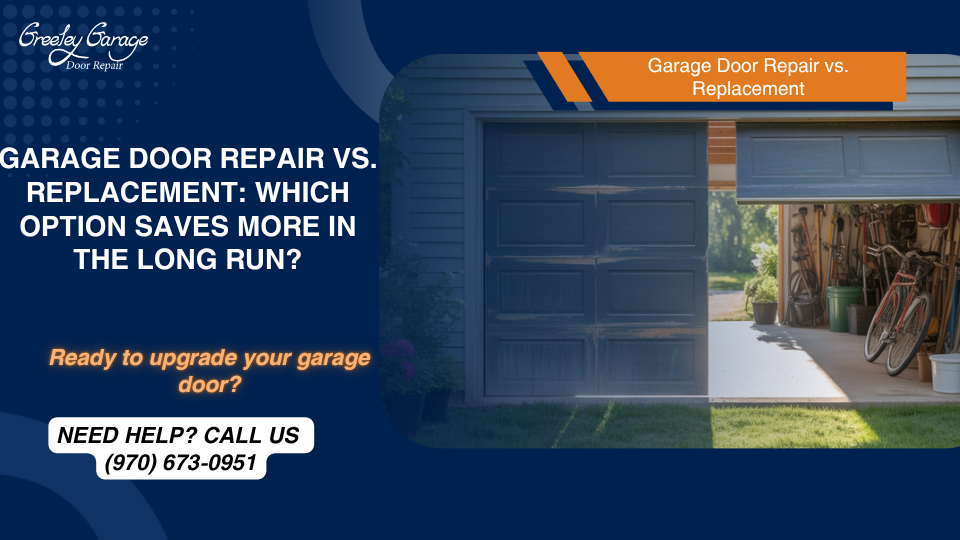How Climate Affects the Lifespan of Wooden Garage Doors

Installation and Upkeep Tips for Your First Automatic Garage Door
June 20, 2025
Expert Tips to Match Garage and Entry Doors Without Overdoing It
July 10, 2025Wooden garage doors have long been a favorite among homeowners. They add natural warmth and character to a home’s exterior—something you just can’t get with steel or aluminum. But their charm comes at a cost: sensitivity to the environment.
Whether you’re dealing with rain, snow, or sun, your wooden garage door is in a constant battle with Mother Nature. So, let’s dive into how climate affects their lifespan—and how to protect your investment.
Understanding the Wooden Garage Door Lifespan
Why Homeowners Love Wooden Garage Doors
A wood garage door doesn’t just look good—it offers excellent insulation, customization options, and classic appeal. From rustic carriage styles to sleek modern panels, the look is timeless.
General Lifespan Expectations
The average lifespan of a wooden garage door ranges between 15 to 30 years. But here’s the catch—it heavily depends on where you live and how well you maintain it.
The Role of Climate in Wood Garage Door Durability
Hot and Dry Climates
In hot and arid regions, wood can dry out and crack due to prolonged exposure to UV rays. The finish may fade, and without re-coating, the door can deteriorate quickly. To fight this, use UV-protectant finishes.
Cold Weather Effects on Garage Doors
Cold climates bring freeze-thaw cycles, which cause wood to expand and contract. Over time, this can lead to splitting and warping. Insulated wooden garage doors help reduce the cold weather impact.
Moisture Damage to Wooden Garage Doors in Humid Regions
Humidity is the wood’s worst enemy. It causes swelling, rotting, and mold—especially if the door isn’t properly sealed. In such cases, annual sealing and dehumidifier systems can drastically help.
Salt Air and Coastal Conditions
Living near the coast? Salt-laden air accelerates corrosion on the door’s hardware and eats into the wood’s surface. You’ll need marine-grade finishes and stainless-steel components to withstand it.
Best Wood for Extreme Climates
Cedar – Naturally Resistant to Moisture
Cedar is one of the top choices for weather-resistant wood garage doors. It contains natural oils that repel insects and moisture, making it ideal for wet or humid climates.
Mahogany – Strong and Dense
If you live in a region with heavy storms or seasonal shifts, mahogany might be your best friend. It’s dense, resistant to warping, and looks luxurious.
Redwood – Long-Lasting with Proper Sealing
Redwood performs well in fluctuating climates but needs high maintenance. Regular staining and sealing make it suitable for both hot and humid areas.
Garage Door Maintenance in Humid Climate
Sealing and Finishing Tips
A high-quality sealant is your wooden garage door’s first line of defense. Apply a fresh coat every 1–2 years depending on exposure levels. Go for UV-resistant, oil-based finishes.
Ventilation and Airflow Considerations
Good airflow in the garage helps reduce trapped humidity. Install vents or consider a dehumidifier to maintain a stable indoor environment, especially in tropical zones.
How to Protect Your Wood Garage Door from Weather
Weatherproof Coatings
Use sealants specifically made for exterior wood exposed to harsh conditions. Look for products labeled “weather-resistant” or “marine-grade.”
Regular Inspection and Repair
Inspect your door every season for signs of cracking, warping, or peeling. Early intervention can save thousands in replacement costs and extend wooden garage door lifespan.
Climate-Proof Wooden Garage Doors – Is It Possible?
Engineered Wood as an Alternative
If you want the look of wood without the high maintenance, engineered wood might be your go-to. It’s designed to resist weather, insects, and mold while still mimicking the natural grain.
Custom Weather-Resistant Designs
Manufacturers now offer custom climate-proof wooden garage doors. These may include laminated cores, composite skins, and enhanced sealing—perfect for extreme regions.
Final Thoughts on Wooden Garage Doors and Climate
To put it simply: where you live plays a huge role in how long your wood garage door lasts. By choosing the right material, applying regular maintenance, and weatherproofing wisely, you can outsmart the elements and enjoy the beauty of wood for decades.
Call to Action
Is your climate damaging your garage door? Get in touch with a professional today to explore the best weather-resistant solutions and boost the longevity of your wooden garage door.




